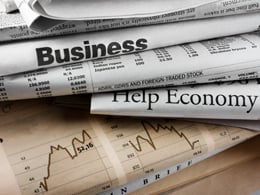Last week’s data was surprisingly positive, with both retail sales and consumer confidence beating expectations substantially, accompanied by upward revisions to past months. As consumers account for about two-thirds of the U.S. economy, this is extremely positive news.














